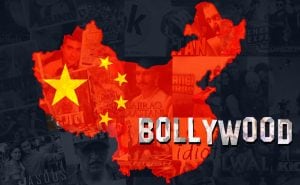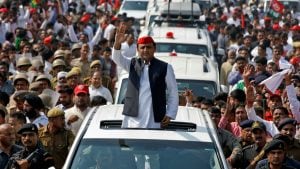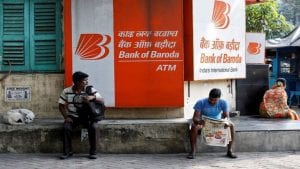The Insolvency Code is stuffed with severe flaws and will not achieve its purpose
Summary
IBC was introduced as a law that would provide a new, fair, efficient and simple mechanism for resolving NPAs.
Joseph-Ignace Guillotine was against the death penalty and urged the French National Assembly in 1789 to adopt “a fair and simple mechanism” to make the punishment more humane. He petitioned King Louis XVI. Guillotine hoped that making the death penalty humane would be the first step to its abolition.
The Insolvency and Bankruptcy Code, 2016 (IBC), was introduced as a law that would provide a new, fair, efficient and simple mechanism for resolving NPAs. The problem with over-simplification, irrespective of good intentions, is that at times they result in larger unintended problems.
If not immediately reviewed and rectified, the IBC is well on its way to lead to suspension of lending activity, stalled projects, erosion of value of Indian enterprises, faster growth of unemployment, increased costs of lending, and vesting of assets developed through public sector debt financing (read taxpayers money) with non-resident vulture funds. Parallel with the IBC is the RBI’s recently announced “Revised Framework” for “stressed assets” issued on February 12, directing lenders to classify loan accounts as “stressed” immediately on default and as a NPA in case of “any restructuring” of the loan.
Huge Toll on the Judiciary
The term “loan” has been defined very broadly to include “any concession” granted by the lender to the borrower for economic or legal reasons related to the “borrower’s financial difficulty”. The RBI’s mandate to lenders will place an unnatural load on the judiciary dealing with corporate insolvency, much like immediately expecting a hippopotamus to run a mile in seven minutes.
The main problem with the IBC is that, apart from having been a result of a cut-paste effort of adapting from English law, its framework is not a load bearing structure particularly for the volume that would be generated after RBI’s “new framework”. Also, its one-size-fits all prescription has the ability of being abused as a contract enforcement mechanism, or a debt recovery mechanism, which require fundamentally different approaches that can address the specific merits of the dispute.
Further, the process under the IBC does not provide for due classification based on the specific requirements of each sector or industry and the how that may be addressed. There is no provision preventing otherwise healthy companies that are not defaulting on loans to lenders being taken through the IBC by the so-called “operational creditors”.
Added to this, the recent insistence that promoters should not participate in the resolution process defies reason. Apart from negating the basic principles of corporate law (where companies are separate legal entities, and the “corporate veil” is lifted only in identified extreme circumstances), the exclusion of promoters is confounding if the intention is to get the best deal for the lenders and other stakeholders. Prohibiting promoters from participating in the resolution process also begs the question of what will happen if larger public sector undertakings start being put through the IBC process.
For example, what will happen if GAIL, which has entered into financial obligations estimated to total $30 billion under long-term LNG purchase contracts with US companies at prices which the Indian market cannot absorb, defaults on its take or pay obligations and the US entity files as an operational creditor seeking GAIL to be put through the IBC process for recovering the ship or pay amounts due?
Needed: A Serious Review
The flaw in the approach of the IBC, coupled with the RBI directions, is that they are seeking to resolve economic issues and banking sector regulatory issues through the tool of the insolvency process, which is simply not capable of addressing the underlying concerns. The IBC clearly needs a rethink and more importantly needs to be amended to prevent large-scale unintended consequences. Unfortunately, the recently released Report of The Insolvency Law Committee has failed to address the core issues that lie in the structure of the IBC and instead has only made recommendations addressing only a few issues that have arisen in the first few months of implementation of the IBC.
Interestingly, the report itself recommends creating special treatment for promoters of MSMEs and home buyers in real estate sector, but fails to follow through on the underlying issue that IBC will eventually need to recognise that each type of industry and infrastructure sector will need special treatment and that there is a need to change the basic structure of IBC itself.
The Guillotine was used 16,594 times between June 1793 and July 1794 including on the king who had approved it, which of course was not its intended consequence. Guillotine spent the rest of his days unsuccessfully petitioning that his name not be associated with the machine. One can only hope that the IBC does not suffer a similar fate.
Piyush Joshi heads the Projects and Project Finance unit at Clarus Law Associates.

Elon Musk forms several ‘X Holdings’ companies to fund potential Twitter buyout
3 Mins Read
Thursday’s filing dispelled some doubts, though Musk still has work to do. He and his advisers will spend the coming days vetting potential investors for the equity portion of his offer, according to people familiar with the matter









 Listen to the Article
Listen to the Article  Daily Newsletter
Daily Newsletter











